Prime Offer: Save 20% Off on your preferred services! Apply Coupon: INVEST20 | Avail Offer
Prime Offer: Save 20% Off. Avail Offer
Prime Offer: Save 20% Off on your preferred services! Apply Coupon: INVEST20 | Avail Offer
Prime Offer: Save 20% Off on your preferred services! Apply Coupon: INVEST20 | Avail Offer
Prime Offer: Save 20% Off. Avail Offer
April 01, 2019
|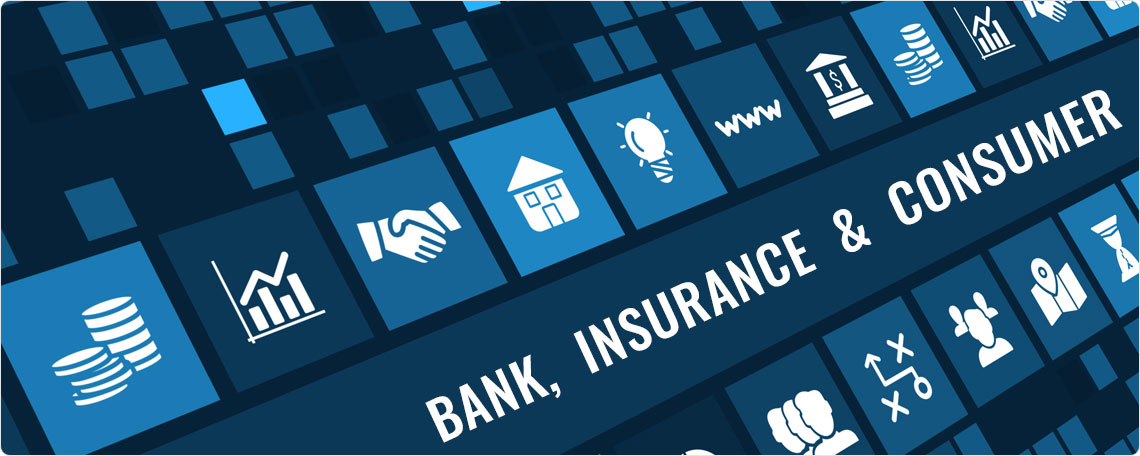
We are pleased to present to you our monthly market commentary and outlook for the forthcoming month. The ‘stockaxis’ Market Intelligence’ is a quick update on the markets for the month gone by and our view for the next month. Use our sharp and crisp synopsis to continue building your wealth!
Packaged food sector
Indian consumers’ spending on food has reached 50% levels of their total spending. There has been a shift in focus from staples such as cereals to packaged foods. India is not different from the rest of the world where changing food preferences are concerned, thanks to digitisation, social media and focus on health. As families grow smaller and more women enter the workforce, packaged foods are becoming more attractive to consumers. Adding to the push towards these foods is lower Goods and Services Tax (GST), higher investments in the sector and less waste in packaging. Consumption of packaged food in the country has seen a boost also due to increased affordability as food inflation has declined since 2014 and the trend has continued. In fact, prices of packaged foods in India have risen at a lower rate than inflation. The government too is keen to support the sector as the overall value addition in the sector is still low at 10-15% but the sector is a major employer in the country. With more efficient food supply chains driven by availability of better refrigeration due to fewer power failures, there is a potential for better distribution and margins for manufacturers.
Although India has a rapidly urbanising population, rural markets are an untapped opportunity for companies operating in this sector. It is expected that rural markets will outperform their urban counterparts in the coming half decade. Preference of consumers for low salt, sugar and saturated foods and a gravitation towards healthy foods also offers manufacturers a chance to sell these premium packaged products. Through a mixture of factors such as demographics, shifting preferences and availability of digital technology, India’s packaged food sector is reaping rich dividends and is likely to do so in the future, growing from US$ 40 bn today to US$ 200 bn over the next 10 years.
India consumer spending
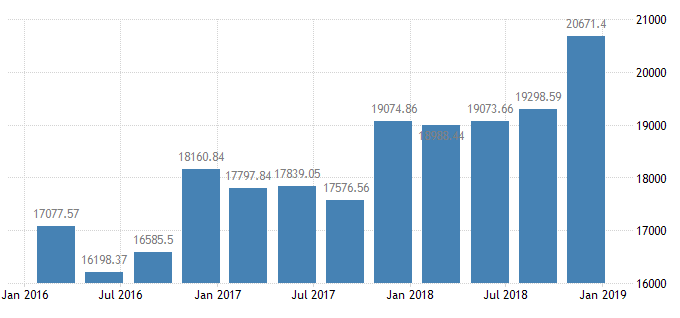
India – total disposal personal income
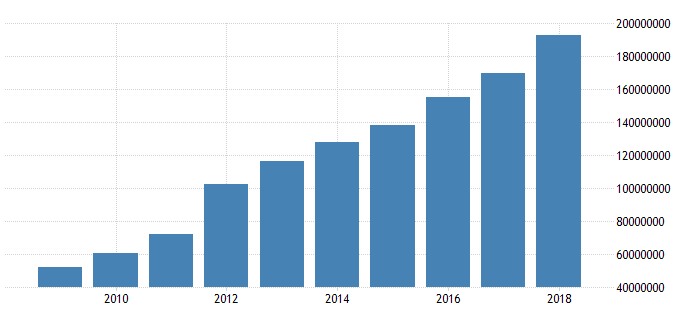
Source: www.tradingeconomics.com
General insurance sector
General Insurance (GI) penetration in India is low as industry premiums remain at 0.9% of GDP in 2017 even though it has risen from 0.6% in FY 09. Indian consumers are still not completely protected by the coverage that general insurance companies can provide. However, over a period of time with rising incomes and improved awareness among Indians, the demand for non-life insurance products is rising. Extraneous factors such as strong growth of the automotive industry in India will drive sales of motor insurance, which is compulsory in India. Governmental support is also a big driver of growth of general insurance in India as schemes such as Ayushman Bharat and Pradhan Mantri Suraksha Bima Yojana are incentivised.
This sector has provided stable growth and remains as a hedge against interest rate fluctuation. Additionally, investment income (income of an insurer from its investment activities) and low loss ratio (amounts that the company has paid out in claims) provide the GI industry with protection from vagaries of economic cycles. As the companies have a diversified premium mix, the individual segments that make up the GI industry benefit from uncorrelated growth and profitability drivers. This ensures that there is stability in earnings of these companies.
The sector has grown by CAGR (compound annual growth rate) of 17-18% over the last ten years as it benefitted from de-tariffing. In 2017-18, the number of policies has grown as well due to popularity of crop insurance. Total number of policies sold by the sector as of FY18 is 183 million with a 5-year CAGR of nearly 11%. The GI sector is largely dominated by the motor and health segments, which make up 39% and 25% of the sector respectively.
Potential of growth in GI is high due to low penetration (penetration is well below the world level of 3% of GDP). This sector has the potential to grow at a higher rate as a result of growing smartphone usage and innovative FinTech solutions being deployed.
India consumer spending
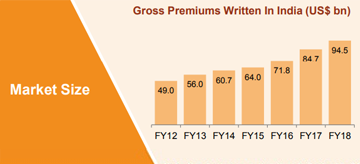
India consumer spending
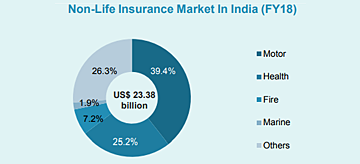
India – total disposal personal income
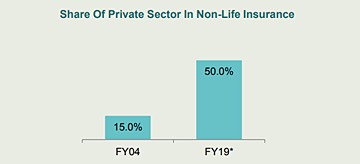
Source: www.tradingeconomics.com
Banking - private sector
Private banks in India have taken the lead in garnering market share in terms of domestic bank credit, which rose from 18.1% in FY10 to 29.8% in FY18. There are indications that incremental loan growth of private banks may increase to 40% by FY20. Expanding credit growth, increasing number of branches and a healthy capital position are aiding the growth of lending by private banks.
Increasing number of private sector bank branches opening up in the rural hinterland too is adding to growth of these banks; RBI data indicates that private banks expanded their rural branch network by more than 27% and in small towns by nearly 18.4%.
Further, factors such as availability of credit bureau data and deployment of new technologies have also aided the growth of private sector in banking. Retail lending which makes up for 1/5th of overall banking credit is also important to private sector banks which are in a position of comfort due to healthy capital positions and low penetration of such loans in the populace.
In terms of Non-Performing Assets (NPAs), after the RBI instructed banks to shift to a stricter NPA recognition protocol, there are signs of moderation in the numbers. In FY20, NPAs are expected to moderate to 1.9-2.4%. Reforms ushered in by the central bank have ensured that Insolvency and Bankruptcy Code is the main tool in banks’ arsenal to deal with defaulters. Banks are now mandated to resolve default within 180 days failing which the case is moved to bankruptcy courts. These steps will lead to higher recoveries. In terms of growth in current accounts, large private sector banks increased their market share by 5 percentage points between FY16-18. In this period, they held nearly 41% of such deposits.
The pace of growth in current account savings account (CASA) at private banks has risen with nearly 65% of all new CA deposits between FY14-18 being held by private banks. Essentially private sector banks in India are occupying the vacuum in lending and operations that the crisis hit public sector banks have created. Going forward, due to reforms initiated, the sector overall and private sector banks in particular will be reinvigorated.

Source: www.ibef.org

Source: www.ibef.org
